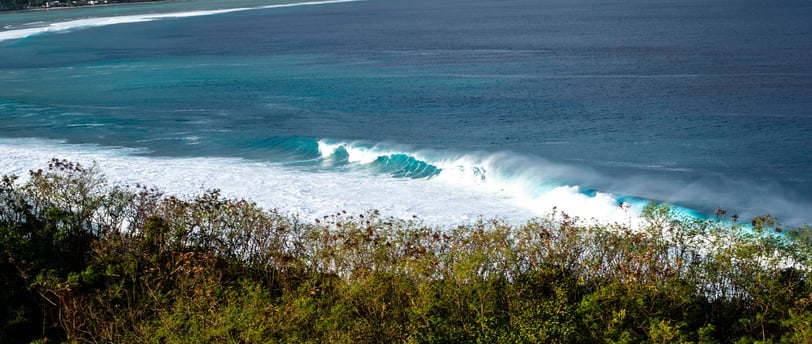Home Buying Tips for Tropical Climate
Discover 5 essential considerations for buying a home in a tropical climate. Learn valuable tips for navigating real estate in tropical areas and make informed decisions for your dream home.
Terry Taylor
5/10/20252 min read


Understanding Tropical Climates
Buying a home in a tropical climate can be an exciting venture, but it comes with its own unique set of challenges. Homebuyers should be aware of specific issues that can arise due to the warm temperatures and excessive moisture found in these areas. To ensure a smooth purchasing process, here are five tips on what to avoid when buying a home in a tropical climate.
Avoid Homes with Poor Ventilation
One of the first red flags to look for in a tropical home is inadequate ventilation. Homes that do not have proper airflow can become hot and humid, creating unpleasant living conditions and potential health hazards. Without sufficient ventilation, mold and mildew can develop quickly. Make sure to check for features such as windows, fans, and ventilation systems that will allow for proper air circulation throughout the house.
Stay Clear of Areas Prone to Flooding
Natural disasters, particularly heavy rain and flooding, can wreak havoc on a home. When considering a property, it is paramount to find out whether it is located in a flood-prone area. Look for homes that are built on higher ground or have flood defense measures in place. Be sure to consult local flood maps and understand the historical data on flooding in the region. This can save you from costly repairs and dangerous situations in the future.
Don't Overlook the Impact of Salt Air
If you are buying a home near the coast, be cautious of salt air corrosion. Homes situated in salt air environments can suffer from rapid deterioration due to the corrosive nature of salt. Look for properties that are constructed with materials designed to withstand salt exposure, such as stainless steel fixtures and vinyl siding. Additionally, be mindful of regular maintenance checks to ensure that any signs of corrosion are addressed promptly. Ask when was the last time, and how often, the patio or exterior was power washed.
Consider Humidity and Its Effects on Your Home
The high humidity levels in tropical climates can lead to various issues, including mold and water damage. Check for any signs of previous water leaks, dampness, or musty smells when viewing a property. It’s crucial to ensure that the house is equipped with adequate waterproofing measures and that the drainage systems are in good working order. You may also wish to invest in a dehumidifier, which can help manage indoor humidity levels effectively. Plants and mold thrive in tropical climates and tend to try to overrun structures. Most of the time, routine maintenance is enough to keep them at bay. One surprising note to most new arrivals is the prevalence of growth on buildings near the ocean and jungle. It is seen as neglect, until they move into a place and have growth start appearing the next week. Don't be alarmed, it's just part of the life here.
Be Mindful of the Rooftop, Electrical and Plumbing Systems
Lastly, it is vital to have a thorough inspection of the rooftop, electrical and plumbing systems within the home. High humidity and salt air can impact these systems over time, leading to potential leaks, hazards or malfunctions. Hiring a qualified inspector can help identify any signs of wear and tear that could lead to future problems. Ensuring that these systems are up to code will not only enhance your safety but also protect your investment.
In conclusion, buying a home in a tropical climate requires careful consideration of several factors. By avoiding properties with poor ventilation, in flood-prone areas, susceptible to salt air corrosion, those affected by high humidity, and failing electrical or plumbing systems, homebuyers can find a property that not only meets their needs but stands up to the challenges of the tropical environment.
Realtor Terry
Your trusted partner in Luxury homes and Military relocation real estate.
Homes
Guam
info@realtorterry.com
671-689-7726 Local and WhatsApp
terry@thesaltandlightrealty.com
414-301-1277 Stateside
© 2025. All rights reserved.


